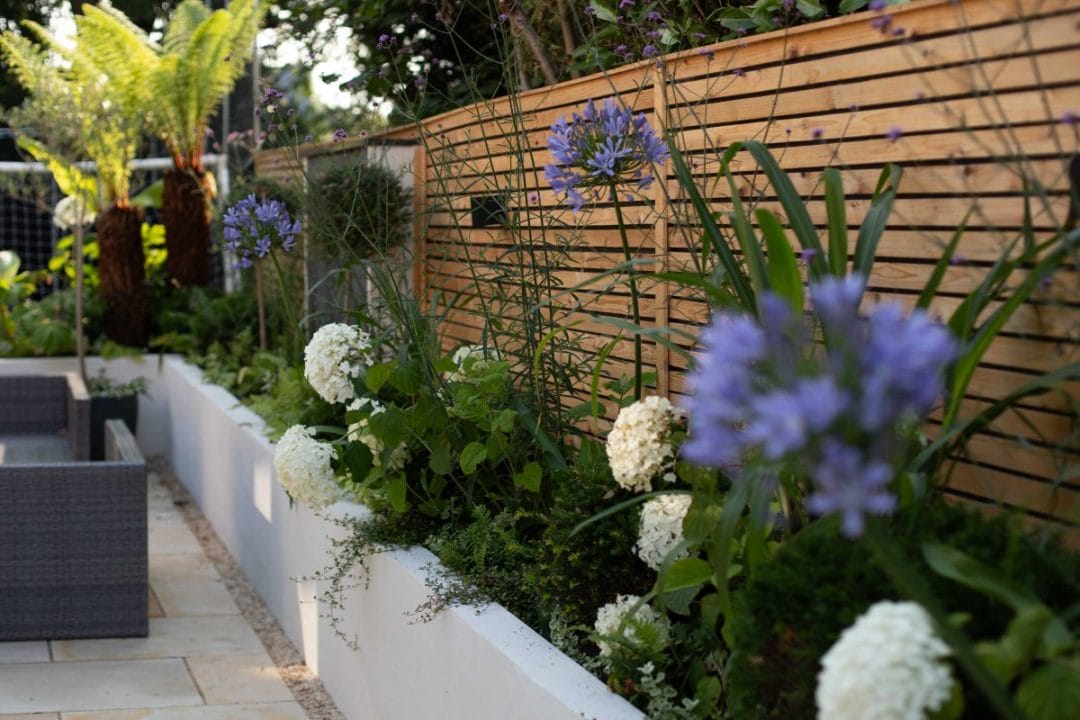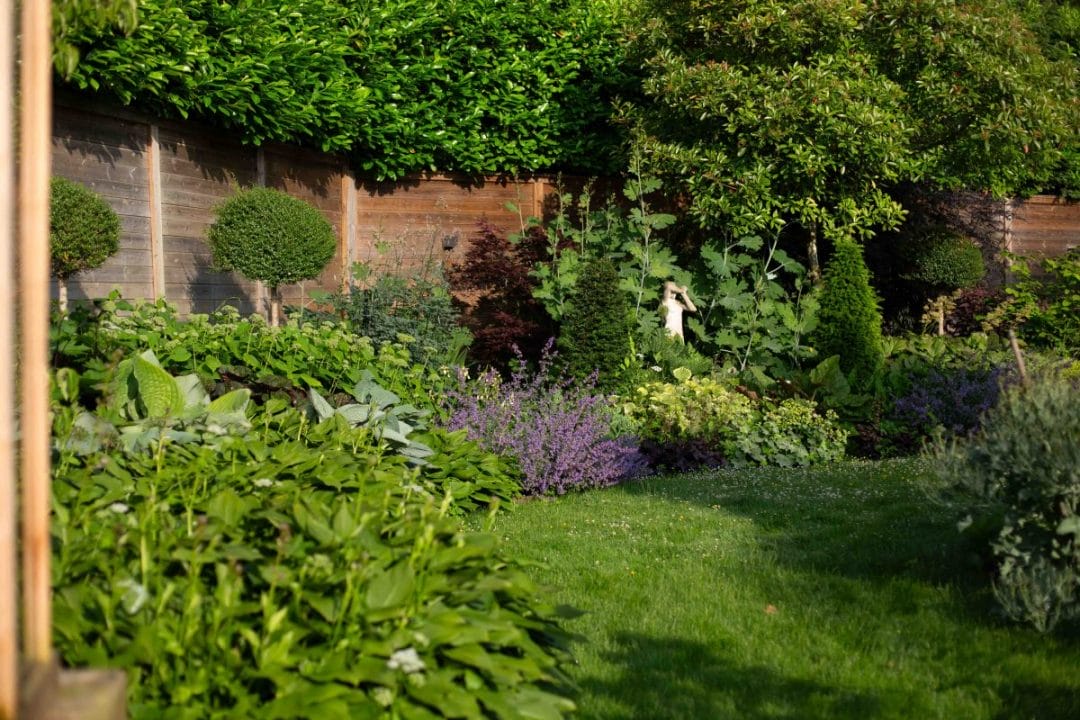Designing a garden isn’t just about picking your favorite plants and placing them in the soil. A thoughtful garden layout creates harmony, guides the eye and makes your outdoor space inviting all year round. Whether you’re planning flower beds, borders or full garden zones, a little design thinking goes a long way.
Here’s how to plan garden layouts, design flower beds and add flow to your space:
Start with a Vision
Before digging in, step back and think about what you want your garden to feel like. Do you imagine a peaceful retreat, a vibrant cottage garden or a modern, structured space? Your vision will shape everything—colours, shapes and plant choices.
Tip: Collect inspiration from gardens, magazines and online platforms. Notice what shapes and planting styles you’re drawn to.

Map Out Your Space
Grab a notebook or use free garden design apps to sketch a rough plan. Identify key features: patios, pathways, trees, sunny vs. shady spots.
-
Paths: Decide how people will move through the garden. A good path naturally guides you from one area to the next.
-
Zones: Break your garden into “rooms” (e.g., seating area, flower bed, lawn, veg patch). This makes even small spaces feel larger.
-
Focal Points: Place features like a tree, statue or bench at the end of a path to draw the eye.

Design Your Flower Beds
Flower beds are the heart of many gardens. To design them effectively:
-
Shape: Curved beds feel relaxed and natural, while straight lines give structure and a more formal look.
-
Layers: Plant in tiers—tall plants at the back (or center, for island beds), medium in the middle and low-growers at the front.
-
Repeating Plants: Repetition creates unity. Plant the same flower or shrub in several places to tie the design together.
-
Seasonal Interest: Choose plants that bloom at different times, and mix in evergreens for year-round structure.
Create Flow with Planting and Layout
A garden with flow feels cohesive, not cluttered. Here’s how to achieve it:
-
Colour Themes: Pick a colour palette—soft pastels for calm, bold reds and purples for drama. Repeat these colours across different beds.
-
Shapes & Textures: Mix spiky, rounded and feathery plants, but repeat textures to keep unity.
-
Curves & Pathways: Gently winding paths add a sense of journey. Straight lines suit modern or formal styles.
-
Sightlines: Stand in different spots—what do you see? Place plants or features to lead the eye smoothly across the garden.
Practical Considerations
Even the most beautiful design needs practicality:
-
Sunlight & Soil: Place sun-lovers in open spots and shade-lovers under trees or north-facing borders.
-
Maintenance: Be realistic—choose plants that match the time you can commit.
-
Scale: Don’t overcrowd—plants need room to grow. Think about their size in 5 years, not just now.
Add Personal Touches
Finally, let your personality shine. Maybe you love scented roses near a seating area, or a herb border by the kitchen. These details make the garden uniquely yours.
Planning a garden layout is like designing a living artwork. By sketching a plan, layering flower beds and creating flow through repetition, pathways and focal points, you’ll transform your outdoor space into something harmonious and inspiring.
The key is balance: structure + creativity, order + freedom. With those in mind, your garden will not just look beautiful—it will feel beautiful.

READ MORE

